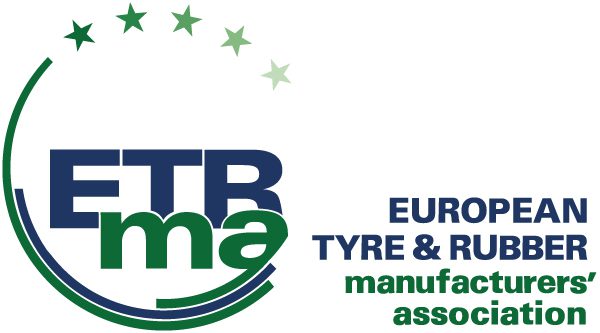
© Reuters. FILE PHOTO: A woman watches the sunset over the Pacific Ocean along Highway 1 near Half Moon Bay, California, U.S., January 24, 2023. REUTERS/Matt Mills McKnight/File Photo
(This Feb. 8 column has been corrected to change the type of company to ‘an employer with fewer than 20 workers’ instead of ‘an employer with 20 or fewer workers,’ in paragraph 6)
By Mark Miller
(Reuters) – Marian Leonard filed for Social Security when she turned 65 years old. She did not sign up for Medicare at the same time, because she could not afford to pay the monthly premiums. But that was a costly mistake that serves as a warning to anyone navigating the transition to retirement.
Leonard signed up for Medicare four years later – only to learn that the delay would cost her dearly. Leonard would be paying about 40% more in premiums for Part B (outpatient services) because she failed to enroll at age 65. What’s more, she would be paying this penalty for the rest of her life.
“I’m being penalized for having been too poor to afford Medicare,” said Leonard, who lives in eastern Pennsylvania.
Here is what Leonard did not know: Medicare requires that nearly all workers sign up for the program during a seven-month Initial Enrollment Period (IEP) that includes the three months before, the month of, and the three months following their 65th birthday. If you are already receiving Social Security at that point, you will be signed up for Medicare Part A (hospitalization) and Part B (outpatient services) automatically.
But everyone else needs to pay careful attention to the enrollment rules. Missing your IEP can trigger late-enrollment penalties levied in the form of higher premiums that continue for life.
There really is only one important exception to the enrollment mandate. You can postpone enrollment if you are still working beyond age 65 and have insurance through your employer, or if you receive insurance through your spouse’s employer. (One exception to that exception: if you work for an employer with fewer than 20 workers, you can continue with that coverage, but Medicare becomes your primary source of insurance at age 65, and you should sign up during your IEP).
The penalties were included in the 1965 legislation that created Medicare. The idea was to prevent so-called adverse selection, which occurs when only the people who think they need benefits enroll in an insurance program. That can drive up the program’s costs, so it is important to enroll most eligible people when they reach age 65.
The late enrollment premium penalty for Part B is equal to 10% of the standard Part B premium for each 12 months of delay. Since it is a lifetime penalty, it will become larger in dollar amounts over time, since it is levied as a percentage of the standard Part B premium. That can saddle you with thousands of dollars of extra expenses over the course of retirement.
Leonard made the decision to postpone Medicare enrollment in 2019. She had just relocated to the U.S. following a four-year stint in Germany for her husband’s work. He planned to stop working on their return to work on a fixer-upper house that they purchased in rural Pennsylvania; they would live on savings and her Social Security. (Her husband was too young to claim benefits.) Her Social Security benefit was just $1,200, and she did not feel she could afford the additional Medicare premium – $135.50 per month that year.
“I went onto the Social Security website and filled out the form – I indicated that I didn’t want to take Medicare Part B, and didn’t bother to read any further,” she recalls.
Her financial circumstances changed last year after her husband passed away. At that point, she started collecting a Social Security survivor benefit, and her Social Security benefit increased substantially. As a result, she felt she could now handle paying for Medicare. She signed up at her local Social Security office – and that is when she learned about the penalty.
This year, she is paying $245.30 per month for Part B – a whopping $70.60 surcharge over the standard premium of $174.70. “In what world does it make sense to penalize somebody who is already struggling to survive for no other reason than they were too poor to afford insurance sooner?” she said.
HELP FOR LOW-INCOME SENIORS
Seniors with very low income and assets may be able to get help paying their premiums from federal programs. Unfortunately, Leonard’s financial situation puts that help out of reach due to a small retirement nest egg and her Social Security income.
The Medicare Savings Program will pay Part B programs for enrollees who qualify. The program is available in every state, and it is administered by state Medicaid agencies; each state has different rules for counting income and assets to determine if you qualify. The programs often are underutilized because of a lack of awareness, and the complexity of application procedures.
Help with prescription drug costs (Part D) is available through the Extra Help program. This federal program can help low-income seniors with premiums, deductibles and cost-sharing in Part D prescription drug plans. Access to the subsidy was expanded under the Inflation Reduction Act.
A BETTER WARNING SYSTEM
Part of the problem is the complexity of the enrollment rules. But we also need better information and warnings to help people avoid these penalties.
Social Security provides warnings about the Medicare late enrollment penalties in various online statements and fact sheets. But consumer advocates have been pushing for legislation that would require Social Security to send a notification – either by mail or email – to workers at ages 60 and 65 to warn them about the penalties.
That is a common-sense idea that could help people better navigate the Medicare maze.
The opinions expressed here are those of the author, a columnist for Reuters.
Source: Investing.com



























